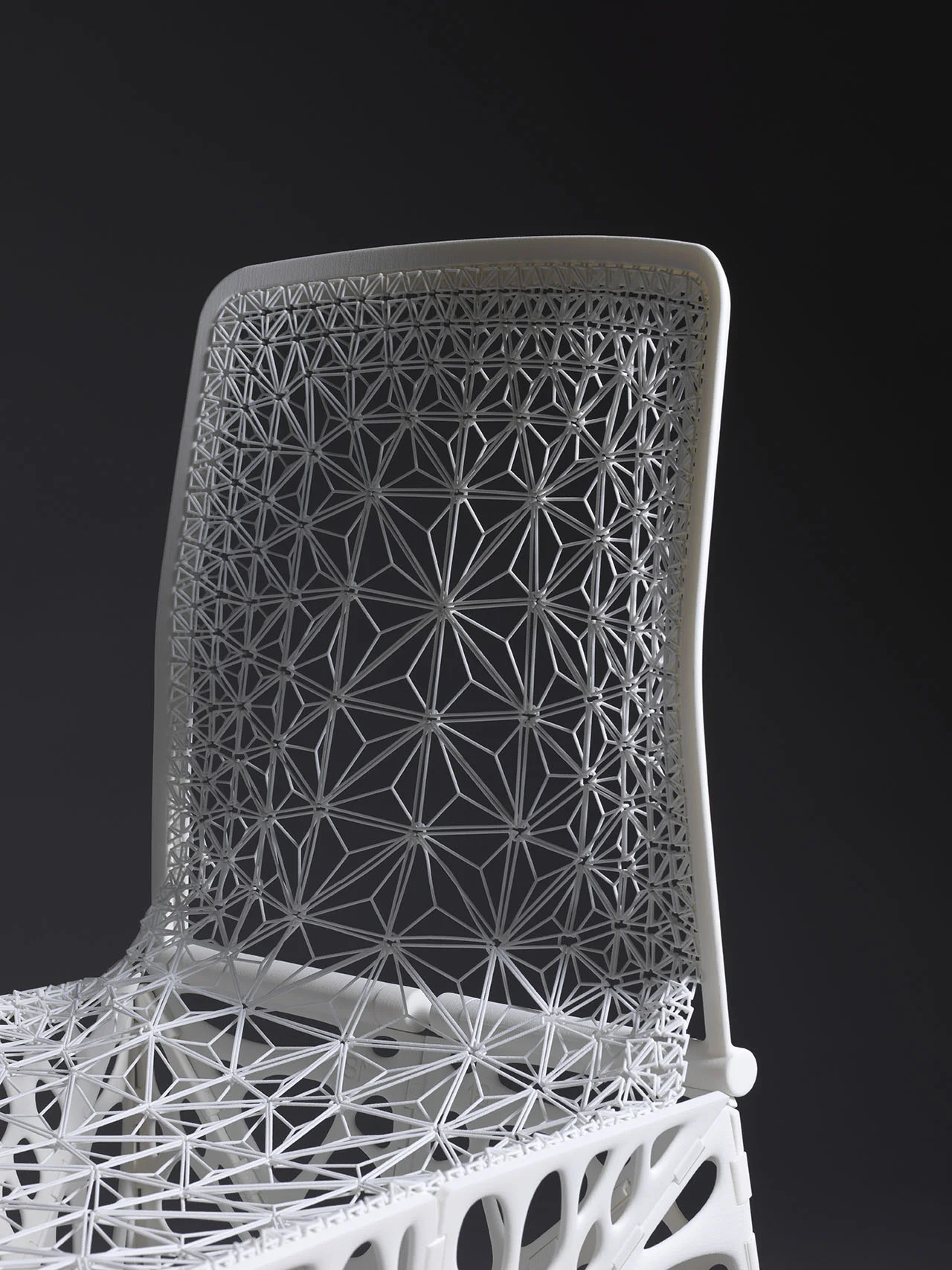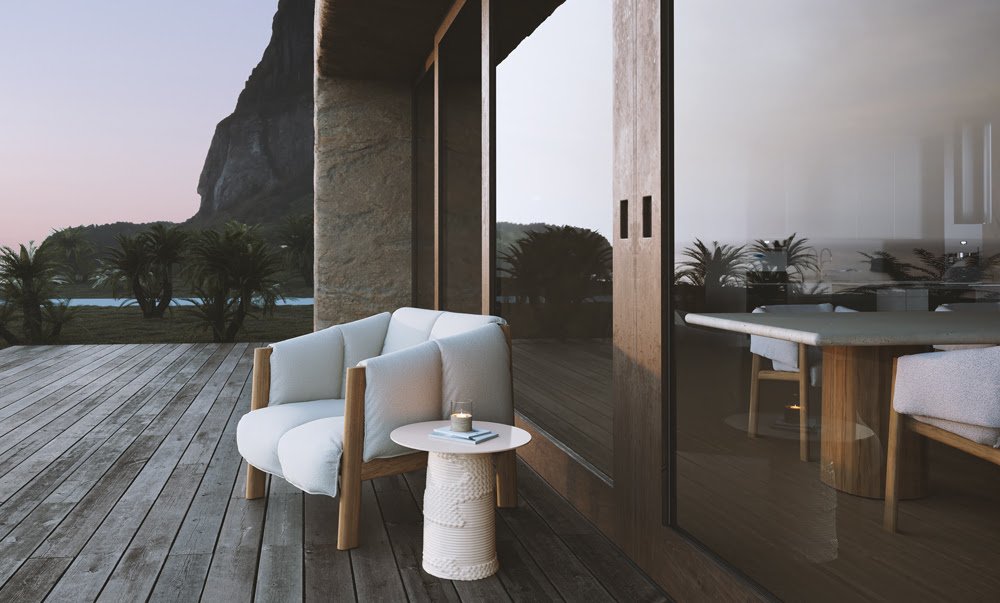TAMU CHAIR || The Future of 3D Furniture Printing

3D printing has made its way across many different industries, and the furniture industry is not an exception.
3D printing technology’s unique ability to create intricate designs has caught the attention of high-end, innovative furniture designers. While the technique still still has constraints on mass production, it is the perfect tool for producing high-end furniture in limited quantities, and can often feature complex geometric patterns that are otherwise difficult to produce using the conventional mold-making process.
French product and industrial designer Patrick Jouin recently unveiled a prototype of his latest creation, the TAMU Chair, during Milan Design Week. The show-stopping piece produced by 3D printing technology is completely foldable and features an intricate geometric design inspired by nature. The idea is to create a piece that emulates the “organic process” in nature as a whole, embodying the interconnected qualities that are often found in the creation process.
Each element of the chair is connected to create a fluid and functional piece. The chair is thoughtfully designed to use the least amount of material necessary by using regenerative design through 3D printing, but without compromising the durability and efficiency of the design. As a result, the production of the chair produces less material wastage, contrary to the manufacturing practices nowadays where unnecessary waste have a damaging impact on our planet.
“Manufacturing has fallen into the habit of producing more material than necessary. But with the help of innovative digital technologies, we are now able to create with much more efficiency and less waste, even as early as the design process”
The chair was revealed as part of the ‘Design in the Age of Experience’, a worldwide annual conference for sustainable innovation held during Milan Design Week. Leading 3D design software company Dassault Systèmes activated the 3DEXPERIENCE playground in the conference to explore the innovative design stories from brands including Honda, startup GYROLIFT, EEL Energy, along with Patrick Jouin’s TAMU chair.
The TAMU chair by Patrick Jouin is a prime example of the versatile nature of 3D printing that enables more design freedom for artists and designers to produce extraordinary designs which are tough or impossible to achieve with conventional methods. It also opened our eyes to the future of product design in the new technological era by making the impossible possible.
TAMU Chair prototype by: Patrick Jouin
Photography curtesy of: Patrick Jouin










